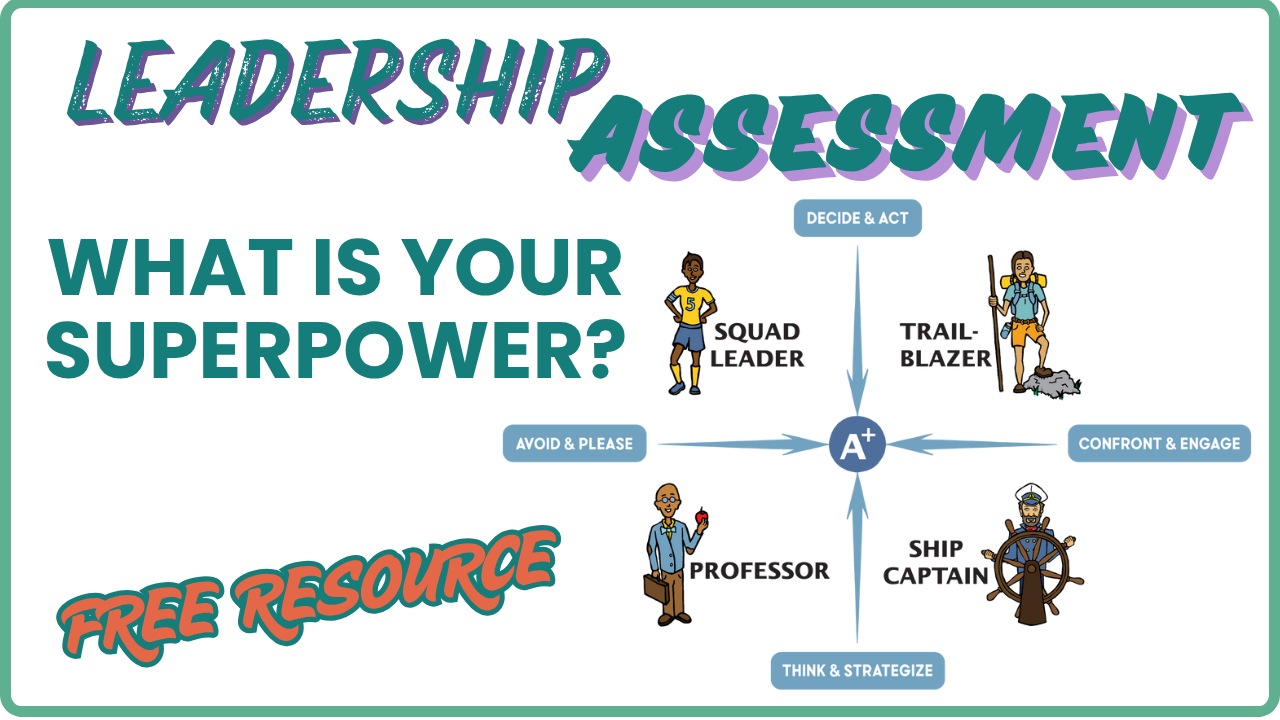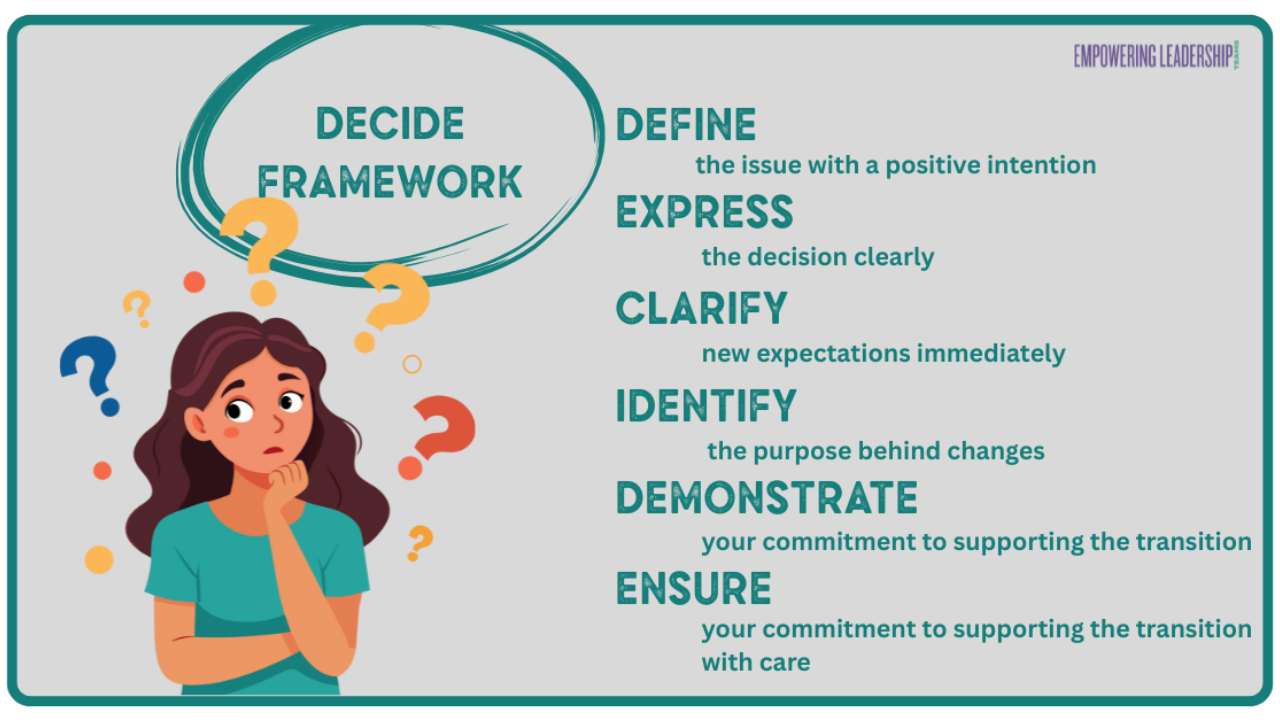Humble Authority: A New Way of Leading in Our Complex World

In these times of unprecedented change and complexity, I found myself developing a new way of thinking about leadership to make sense of our topsy-turvy world. I call it "Humble Authority" - an approach that emerged from my years of working with leaders who were seeking a more authentic and effective way to lead in today's environment. As I developed this teaching, I intentionally paired these seemingly contradictory words because they capture exactly what modern leadership requires: the confidence to lead combined with the humility to learn and grow alongside your team.
The Evolution of Humble Authority
As I've worked with entrepreneurial business leaders and their teams over the past decade, I've observed that traditional top-down authority and control consistently falls short in creating sustainable success. This observation led me to articulate this concept of Humble Authority - a way of leading that combines confident knowledge and self-security with the ability to see team members as valuable thinking partners.
The rapidly evolving business landscape demands empowered thinkers throughout an organization. This reality shaped my understanding that we needed a new approach to how authority should be exercised in modern leadership.
Humble Authority in Practice: The Silent Team
Let me share a story that crystallized the importance of this mindful leadership practice. Recently, I was coaching a leader in a small entrepreneurial company who found herself stepping in to lead the marketing department after the previous leader's departure. What she inherited was revealing: under the previous leadership, the department had operated in a strictly top-down manner. The former leader had conducted only one-on-one meetings, dictating tasks without inviting input or perspectives.
When my client held her first team meeting, she was met with silence. As she moved through the agenda, the team remained largely unresponsive. Recognizing something was wrong, she paused the meeting and reset expectations, explicitly inviting their thoughts and ideas. Finally, one brave soul spoke up: "I did wonder why we do X this way, it never made sense to me."
That moment became a catalyst. My client seized the opportunity to invite everyone to share questions and concerns that had gone unvoiced. What emerged was revealing: under the previous leadership, the team had learned to be task-doing machines, their creative and innovative thinking effectively switched off. But with a leader who genuinely valued their perspectives, that single meeting marked the beginning of a remarkable transformation.
The Personal Cost of Traditional Authority
Another experience that deeply influenced my understanding of Humble Authority came from working with a CEO on the verge of burnout. I was called in to help teach her executive team how to have more powerful meetings. The first meeting I attended was revelatory: the CEO spoke non-stop from the beginning to the end of our session. Despite having a room full of high-performing executives and a team development expert (me), no one else had the opportunity to contribute.
Looking at this CEO, I felt immense compassion. She was clearly exhausted, carrying the weight of her business solely on her shoulders. But here's the irony: she was surrounded by capable experts eager to help, yet her traditional approach to authority prevented her from accessing their support and wisdom. Even in her state of near-burnout, she couldn't break free from the pattern of having to be the one with all the answers.
This experience reinforced one of the core principles I now share: IT TAKES A TEAM. Leaders need to remember, especially in those overwhelming moments, that asking for help isn't a sign of weakness – it's a sign of wisdom. Active listening and humble authority aren't just concepts; they're survival skills for modern leaders who want to build sustainable, thriving organizations without burning themselves out.
Creating Psychological Safety
Through practicing and teaching Humble Authority, I've seen how this way of leading creates an environment of psychological safety for teams. When leaders acknowledge their own imperfections, they give others permission to take risks, make mistakes, and bring their authentic selves to work. This safety becomes the foundation for innovation – team members feel confident sharing creative ideas and unique solutions because they know their contributions will be valued.
The Power of Collective Intelligence
One of the key insights that shaped my understanding of Humble Authority is that when we move away from single-person-driven leadership, we unlock the power of collective intelligence. By encouraging everyone to share their unique perspectives and combine their thinking, teams can develop solutions that surpass what any individual could create alone. This becomes particularly crucial when addressing today's complex business challenges – if the solutions were simple, we would have found them already.
Beginning Your Journey with Humble Authority
Through sharing this approach with numerous leaders, I've identified three fundamental steps to begin practicing this way of leading:
- Pause and Center: Before any significant interaction or decision, take a moment to pause. This brief reset allows you to step out of reactive patterns and into intentional leadership.
- Anchor in Self-Leadership: Connect with your deeper intention to be a mindful leader. This isn't about perfection – it's about bringing your authentic self to your role while remaining open to growth and learning.
- Let Intention Guide Action: Allow your commitment to Humble Authority to inform every interaction. When you stay focused on this intention, you naturally create space for others' voices and perspectives.

Addressing the Allure of Traditional Authority
In sharing this way of leading, I often encounter the seductive pull of traditional top-down leadership. The idea of being the best, the smartest, the one with all the answers – it can feel powerful in the moment. But here's what I've consistently observed: your leadership legacy isn't built on moments of personal brilliance. It's built on your positive impact on others.
I often ask leaders to consider what they want their leadership reputation to be. The leaders who make the most lasting positive impact are rarely remembered for their command-and-control style. Instead, they're remembered for how they lifted others up, created space for innovation, and built strong, capable teams.
Why This Matters Now
As I continue to explore and share this approach to leadership, I'm increasingly convinced that Humble Authority isn't just a nice-to-have leadership style – it's essential for navigating today's complex business landscape. When leaders embrace this way of leading, they create stronger, more resilient organizations capable of adapting to rapid change and solving complex problems.
As you reflect on this teaching of Humble Authority, I invite you to consider: What might shift in your leadership if you began intentionally pairing authority with humility? How might your team respond to this different way of leading? I'd love to hear what resonates with you about this approach and how you envision bringing it into your own leadership practice.
-Coach Heather

Related Video:
The Power of Humble Authority in Modern Business Leadership
Related Articles:
The Overlooked Secret to Supercharging Your Team: Appreciation
The Power of Discernment: Transforming Your Leadership Journey
The Critical Role of Psychological Safety in Fostering High-Performing Teams
FREE Leadership Tool:
Authentic Leadership Unleashed: Transforming Self-Doubt into Unshakeable Confidence

















